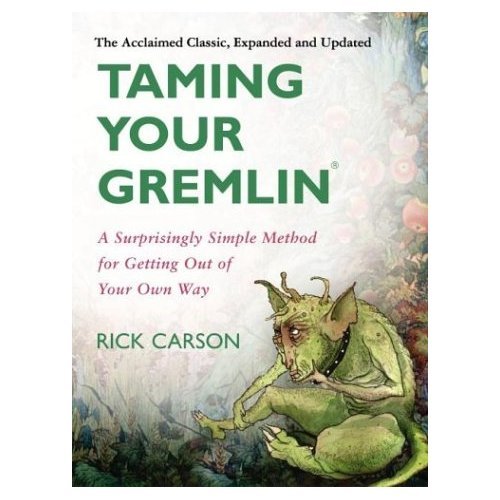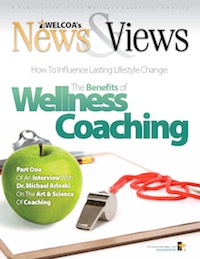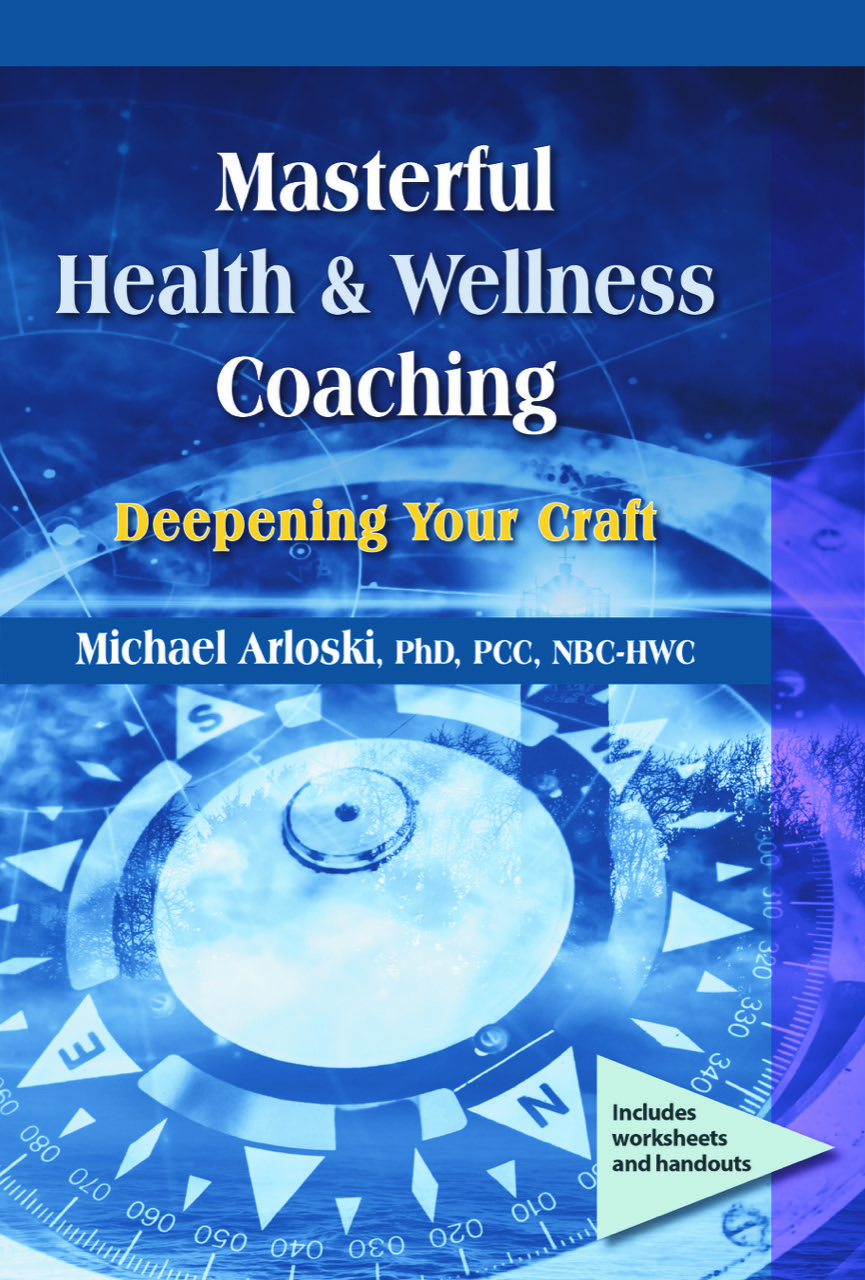Ten Steps To Forward The Action In Your Life

In the coaching process we listen, clarify and help our clients explore their lives, taking stock of their current life situation and health status. Eventually we have to go beyond our basic listening skills, summarizing and helping our client get very clear about where they currently are. At that point we help them get clear about what they are ready to do (referencing all we know about readiness for change theory) (http://www.umbc.edu/psyc/habits/content/the_model/) and we boldly ask them what they are willing to do.
In listening to recordings of some of my mentor coaching clients I’ve realized that many new coaches struggle with what we call “forwarding the action”. If all a coach does is summarize, paraphrase, empathize, and reflect the client often continues to tell their story and stay wrapped up in it. One of the most powerful things that coaches do for people is to help them realize that they are not their story! They are much more.
Powerful questions challenge a client to look at things in new ways, to develop new perspectives and try on new ways to frame an old problem. Coaches can still be “client-centered” but share their own perspective on what the client is saying, pointing out observations, helping the client recognize patterns. At some point we ask “What’s one small thing you can do to make progress on that?” or “What’s one small step you can take between now and the next time we talk to work on that?”
Whether we are a coach acting as an ally in the growth process with our client, helping them move forward with their lives, or an individual whose own growth demands some “forward momentum” here are my
Top Ten Ways To Forward The Action
1. Contemplate Well
“Thinking about change” does not necessarily mean you are stuck. We may need to reflect deeper about an anticipated change. Ideally we may use three different methods that help us explore more completely: 1) thinking about it by ourselves; 2) writing about it – which often yields very different insights since we are drawing upon a different part of our brain; and 3) talking about it with someone else such as a coach.
Inadequate contemplation/exploration/research often yields pre-mature goal setting and usually results in failure. Talking it through is important, but of course this wears out its usefulness at some point. If you think you continually need to know more before you act, ask yourself. When will I know that I know enough?
2. Never Make A Decision Just To Relieve Anxiety
This is a phrase I developed in my years of work as a psychotherapist and it’s a good maxim to follow. Research shows that we make 60% of our decisions based on emotion, not logic. Remember that lemon of a sports car your bought on stylish looks alone? When making decisions about how to move forward with our lives we need to acknowledge the emotions, maybe even process them more, but temper them with our rational thinking. This is easier said than done and another argument for processing it with others, such as our coach.
3. Distinguish Between Cautious Wisdom And Gremlin Talk

There is a part of us that has our best interests at heart. This part can caution us to consider changes carefully, to hold back sometimes until we have all the facts. That part is a friend to be listened to. The inner-critic or so-called Gremlin, is not. This part of us is the home of our self-doubt, all our self-recrimination, and in fact is the accumulation of all the untrue statements about ourselves that we, and others, have made throughout our years. If we listen to the Gremlin we will never grow. Maintaining the status quo is the Gremlin’s full-time job so change, even wonderful improvements, is its enemy.
Listen carefully to your self-talk. Distinguish between being cautious and being negative. Does it sound like familiar old recordings being played again? Is your Gremlin hitting you with hurtful thoughts about how you don’t deserve a better life? Or is your self-talk simply asking you to examine your contemplated changes carefully and go forward with your eyes wide open?
4. Link To Motivation By Beginning With The End In Mind
Stephen Covey’s second habit of his Seven Habits Of Highly Effective People (https://www.stephencovey.com/7habits/7habits.php), “Begin With The End In Mind”, helps us remember to start our journey with the destination clearly in mind. Coaches are rightfully notorious for asking “What would it look like…?” Instead of how will I solve the problem or overcome the barriers (which is often where we stay stuck) get clear about what you really want. Visualize, fantasize, imagine, dream. It’s all good.
Align that visualization with your values, with how you really want your life to be. We are talking about you changing your life so you can live in that healthier, more self-actualizing way for the rest of your entire life. Take the time to get clear about “what’s possible”.
Connect a motivational link by seeing how even the smallest action step you take is helping you achieve the goals you have that are part of you living your best life possible, the life that you have imagined. This puts purpose behind even the most mundane action step.
5. Anticipate The Roadblocks And Strategize Through Them
It’s easy to hold ourselves back by fearing the potential consequences of making change happen. Better not to stir the pot. Unfortunately not to decide is to decide. We usually know that our efforts at improving our lives will be met with support from some corners and resistance from others. Anticipate the highly probable negative reactions you may see and come up with effective strategies for how to respond. Anticipate some of the practical barriers like costs, time schedules, etc. You may want to communicate your intentions behind your new ways of behaving proactively to pre-empt potential conflicts. Here is where working with a coach can be so valuable as you work together developing new strategies to insure success.
 When you're ready, go for it!
When you're ready, go for it!
6. Take On The Challenge
Words matter. We may do ourselves a great disservice by dismissing semantics. Reframe your “problems”, barriers, obstacles, diseases, and diagnoses, as challenges. Improving your life, your lifestyle, your wellbeing may be daunting but see it as a challenge that, with the help of others, you are up for!
I always teach coaches that they can challenge a client more when their relationship with them is strong. It’s about conveying your belief in them, in their abilities, capacity, talents, and character. From the individual’s point of view it’s a combination of remembering these qualities and staying around positive and supportive people. This is not a time for hanging out with “dream drainers” and pessimists.
7. Experiment!
It’s easier to “go for it” when we lessen the risk involved. Most of the risk comes at us in terms of our own fear of failure. Adopting an “experimental attitude” allows us to frame our attempt as less risky when we are not putting our entire self-worth on the line. If it doesn’t work we go back to the drawing board. It was an experiment. How can we tweak the experiment to get better results next time? That’s all.
The word “try” or “trying” gets a bad rap from some motivational speakers. “Just do it! Don’t try!” Certainly a half-hearted “Well, I’ll try, if I have to, I guess” is most likely doomed to failure. Yet, I’ve had a number of clients really take to the idea of “trying” something enthusiastically, and yet because they were “trying” it seemed like there was less at risk. They were willing to “try”. One might think of it like trying on a piece of clothing. There is no need for a commitment “to buy”, just see how it fits, how it works for you.
 8. Write It Down
8. Write It Down
Think it. Dream it. Speak it. Write it down! When we look back over our shoulders at our lives we start to realize that most of the ideas that we birthed and brought to fruition were things that we finally wrote down. Nurturing our thoughts into action works best when we get them outside of our heads. Ideally it begins when we start saying it out loud to others and then when we actually write it down, even if we show no one else, we’ve made a commitment to ourselves. It gets real.
In coaching this is where writing out action plans, wellness plans, business plans, funnel all of our thoughts and ideas into a focused reality. We have a map. We’re actually going to get somewhere!
9. Track it!
Trackers find what they are looking for. Forwarding the action doesn’t just mean getting started. It means knowing where you are on the trail. Coaches ask their clients “How will you know when you are being successful?” Well, I guess I’ll have to keep track of what I’m doing.
It’s always astonished me how often I get a negative answer when I have asked a wellness coaching client if they have ever kept track of their behavior (activity level, what they are eating, any biometric markers, etc.). Never thought of it. People try to make changes with revved up will power, lots of effort and sometimes little else. If they try to keep track of their efforts in their head it almost always becomes a muddle of uncertainty and usually results in abandoning the change process. Use phone apps or even a simple wall calendar but don’t deceive yourself, track it! Seal the deal with accountability to yourself and perhaps strengthen that by sharing that accountability with a coach.
10. Refresh Your Efforts.
Most folks will tell you that maintaining change is the hardest part. The real challenge is usually staying consistent and on your plan for the long run. It’s the smoker getting beyond the point of constant craving. It’s the weight-loss client maintaining through the dreaded plateau phase. It’s any of us staying with our wellness self-care when stress amps up in our lives.
One important part of maintaining action is to refresh it often. Are we following through on the actions we’ve committed to? If not do we need to “Reset, Re-commit or Shift” ? Perhaps we need to reset the frequency of our actions, less walks in one week or perhaps shorter ones. We may choose to re-commit to our existing action steps for another week, or maybe it’s time to shift to entirely new and different actions.
Refreshing may also include adding a greater dose of fun into the mix. Ditch the treadmill and head outdoors for a walk/run every time you can. Perhaps adding a social aspect, including others, will make it easier to get out bike riding, hiking, or walking. A Mediterranean cooking class might be just the thing to recommit to healthier eating and adding the skills to do it easily.

Forward Momentum
Merriam-Webster’s Dictionary has a great definition of momentum. Think of this in terms of getting things moving in your life.
the strength or force that something has when it is moving
: the strength or force that allows something to continue or to grow stronger or faster as time passes
physics: the property that a moving object has due to its mass and its motion
(http://www.merriam-webster.com/dictionary/momentum)
With this definition it seems that improving our lives, our lifestyles is all about number one, getting things moving. This is what allows our efforts to gather strength, to gather force. Once moving it will grow stronger over time and essentially take on an energy of its own that is self-sustaining. Physics and psychology seem to complement each other here. Overcoming inertia (objects at rest tend to stay at rest), beating our stuckness, vanquishing our self-doubt, finding the support that bolsters our confidence and accepting the challenge seems to get us moving. Having a clear destination helps us set our course. Then once we are on our path with clear direction and a plan, our movement gets easier and easier (objects in motion tend to stay in motion). Now we’re getting somewhere!








Only registered and logged in readers can leave comments.